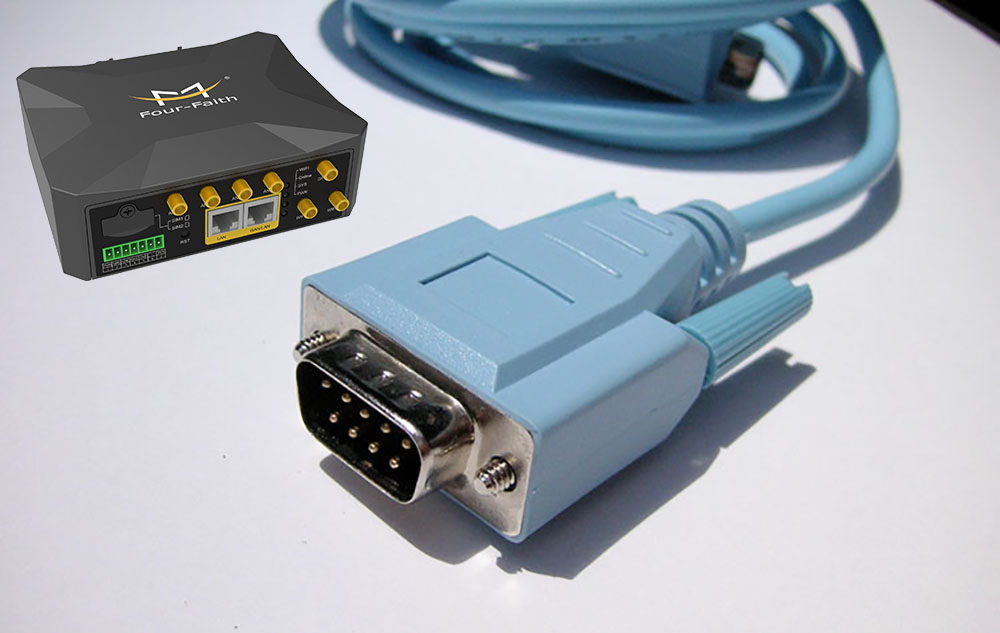Wireless data transmission refers to the use of wireless data transmission modules to remotely transmit data or various physical quantities output by industrial field equipment. It can perform wireless analog quantity acquisition or wireless switch quantity control. If the transmission is switch quantity, it can be done remotely. Device telemetry remote control.
1. Types of Wireless Data Transmission
Wireless data transmission can be divided into public network data transmission and private network data transmission.
1.1 Public network wireless transmission: GPRS, 2G, 3G, 4G, 5G, etc.;
1.2 Private network wireless transmission: MDS digital radio, WiFi, ZigBee, etc.
1.3 Digital radio
The wireless data transmission equipment of MDS data transmission station adopts technologies such as DSP, forward error correction coding, software radio, digital modulation, coherent demodulation, Virterbi decoding, equalization soft decision and surface-mount integrated design to provide high performance and high reliability. , High stability wireless data transmission equipment. The radio provides standard RS232/RS485 interface, which can be directly connected with PLC, RTU, industrial computer and other equipment. The 25KHz channel interval air data transmission rate is 19200bps, the 10-6 bit error sensitivity is -111dBm, the transmission and reception conversion time is within 7ms, and other indicators of the radio station also meet the requirements of the Ministry of Information Industry.
1.4 WiFi
Wi-Fi is a technology that can wirelessly connect terminals such as personal computers and handheld devices (such as Pads, mobile phones) to each other. Wi-Fi is a brand of wireless network communication technology held by the Wi-Fi Alliance (Wi-Fi Alliance). The purpose is to improve the interoperability between wireless network products based on the IEEE802.11 standard. A local area network using the IEEE 802.11 series of protocols is called Wi-Fi. Even Wi-Fi is equated with wireless Internet (Wi-Fi is an important part of WLAN).
The frequencies of WiFi are generally 2.4GHz, 3.6GHz and 5.8GHz, and the transmit power is generally 100mW. The above two characteristics of WiFi determine that it is not suitable for application scenarios with occlusion and long transmission distance.
Wireless data transmission equipment can be connected with data terminals such as PLC and RTU.
2. Technology of wireless data transmission
Wireless data transmission equipment is usually DTD433M frequency band, which can provide high stability, high reliability and low cost data transmission. It provides a transparent RS232/RS485 interface, which has the characteristics of convenient installation and maintenance, strong diffraction ability, flexible networking structure, and large-scale coverage.
The device provides point-to-point communication and can also realize point-to-multipoint communication without programming or wiring. General electrician debugging can also pass. Wireless data transmission equipment is widely used in the field of wireless data transmission. Typical applications include data acquisition, detection, alarm, and process control in remote control, remote sensing, and telemetry systems.
3. Advantages of wireless data transmission
In comparison, using wireless data transmission equipment to build a private network wireless data transmission system has the following advantages:
3.1 Less investment
Using wired communication, purchasing and erecting cables and digging cable trenches requires a lot of manpower and material resources; renting private networks such as GPRS, and paying monthly operating fees. In the way of establishing dedicated wireless data transmission with wireless data transmission equipment, it is only necessary to connect wireless data transmission equipment and set up an antenna of appropriate height at each terminal (RTU, PLC, etc.). This difference is more obvious at long distances or when the site conditions are complex.
3.2 Fast opening
When connecting remote sites with distances of several kilometers or tens of kilometers and the master station to communicate with each other, it is necessary to set up long-distance cables or dig long cable trenches in a wired way. This engineering cycle may take several months. However, to establish a dedicated wireless data transmission with wireless data transmission equipment, it only needs to erect an antenna of an appropriate height, and the engineering cycle only takes a few days to complete.
3.3 Simple maintenance
The maintenance of the wired communication line needs to be checked along the line. When a fault occurs, it is generally difficult to find the fault point in time, and the use of wireless data transmission equipment to establish a dedicated wireless data transmission method only needs to maintain the data transmission station (or WiFi, ZigBee, etc.), etc. , when a fault occurs, the cause can be quickly found and the normal operation can be restored immediately.
3.4 Strong adaptability
The limitations of wired communication are too great. When encountering some special application environments, such as special geographical environments such as mountains, lakes, forest areas, roads, buildings, etc., or application environments with difficult wiring such as moving objects, the There are strong constraints on the wiring engineering of wired networks, and the way to establish dedicated wireless data transmission with wireless data transmission equipment will not be limited by these restrictions.
3.5 Good scalability
After users set up a communication network, new devices are often added due to the needs of the system. If the wired method is used, rewiring is required, the construction is more troublesome, and the original communication line may be damaged. Or WiFi, ZigBee, etc.) can be connected to achieve system expansion.
4. Application fields of wireless data transmission
◆ Wireless 485, wireless PLC
◆ Urban pipe network pressure and temperature monitoring
◆ Power line wireless alarm
◆ Industrial remote control, telemetry
◆ Wireless monitoring of oil drilling tension
◆ Short distance/long distance wireless data transmission
◆ Wireless monitoring of security equipment
◆Industrial Automation
◆Oilfield data collection
◆UAV system communication control
◆Railway wireless communication
◆Coal mine safety monitoring system
◆Water pipe network monitoring
◆Hydrological monitoring system
◆Sewage treatment monitoring
◆PLC control and management
◆Broadband access and sharing
◆Wireless LAN
◆Network control of parking lot equipment




















